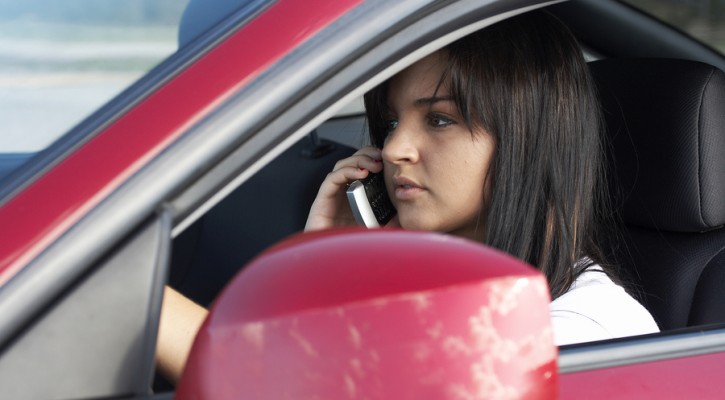
Five Worst Teen Driving Mistakes: Part Five
January 20, 2009
Most parents live in dread of the day their teens get a driver’s license and get behind the wheel alone. Their concerns are well-founded, since teen drivers have the highest death rates in car crashes of any age group. Motor vehicle crashes are the number one cause of death among Americans aged 15-20.
In this five-part series, we’ll discuss the five worst teen driving mistakes:
-They don’t wear safety belts.
-They drink and drive.
-They panic/overcorrect in emergency situations.
-They drive too fast for conditions.
-They ride with other teens.
In this, part five of the series, we’ll discuss a frequent cause of injury and death in traffic crashes for teens – even when they aren’t driving. Riding with other teens is a high-risk activity that your teen will probably participate in even before earning a driver’s license.
No matter how skilled a driver your teen is, s/he is still at risk when riding in a vehicle driven by another teen. And it’s common for teens to pack a vehicle full of friends who are unlicensed or who don’t have access to a vehicle or to save money on gas. Unfortunately, they also do this because it’s fun to listen to music, laugh and talk – huge distractions for an inexperienced driver. According to the National Highway Traffic Safety Administration, crash risk for teenage drivers increases incrementally with one, two or three or more passengers. With three or more passengers, fatal crash risk is about three times higher than when a beginner is driving alone. About two-thirds of all crash deaths of teens that involve 16-year-old drivers occur when the beginners were driving with teen passengers.
Studies indicate that passenger restrictions can reduce this problem. Passenger restrictions for teen drivers already exist in many states as components of graduated licensing programs. For parents, knowing and enforcing these passenger restrictions means reducing their child’s risk of injury or death in a traffic crash. While this sounds easy enough, many parents are unfamiliar with the graduated driver licensing laws in their state. And even those who are familiar may neglect to enforce the restriction. A 2000 survey by the Insurance Institute for Highway Safety found that 84 percent of parents of young drivers favored restricting teenage passengers during the first six months of licensure. But some studies indicate that parents leave enforcement of most graduated licensing restrictions to law enforcement – a mistake, since law enforcement does not have the ability to monitor the behavior of an individual teen the way parents do.
To help ensure the safety of your teen, learn the graduated driver’s licensing laws in your state, and make enforcement of them part of your house rules. Monitor your teen’s driving behavior, and review the restrictions often.
Although parents often want their teens to get driver’s licenses so they can transport themselves to school, work and social activities, parents also worry about the risks. Make sure your home driver education program is complete by using a log to keep track of your teen’s progress.
